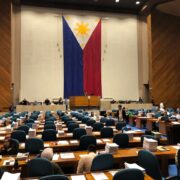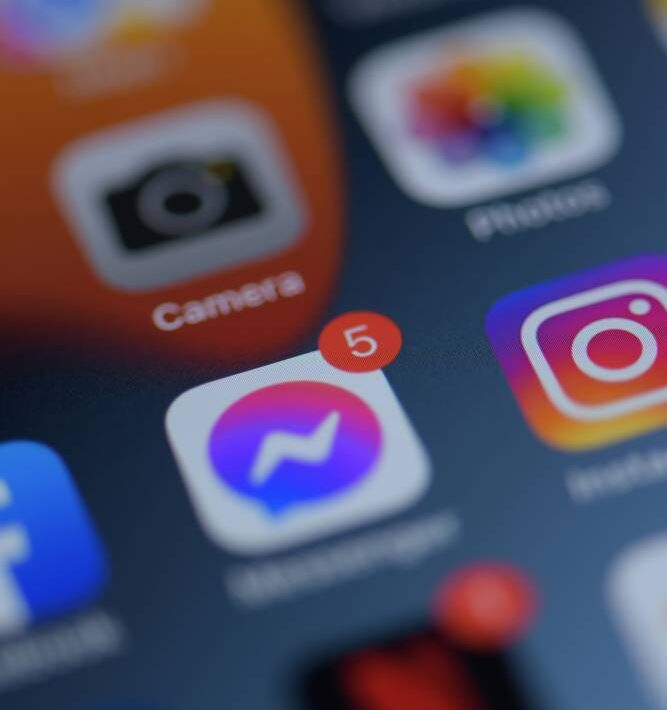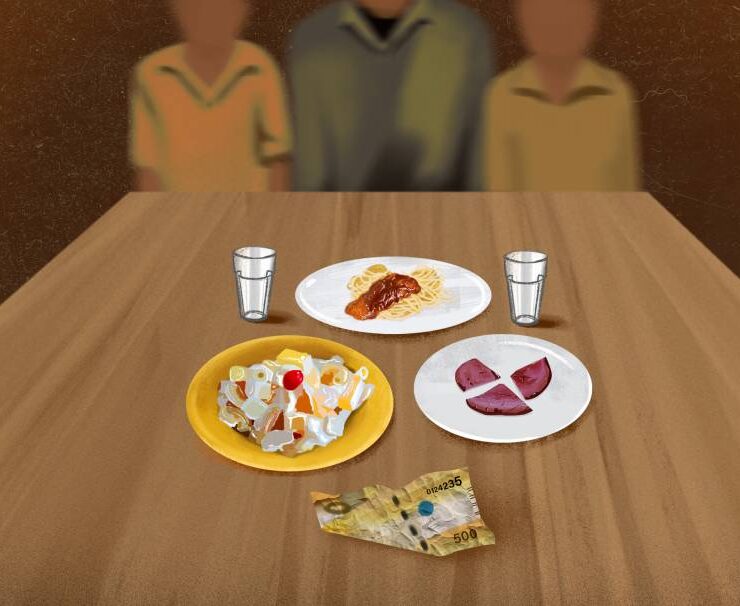Rage against the machine
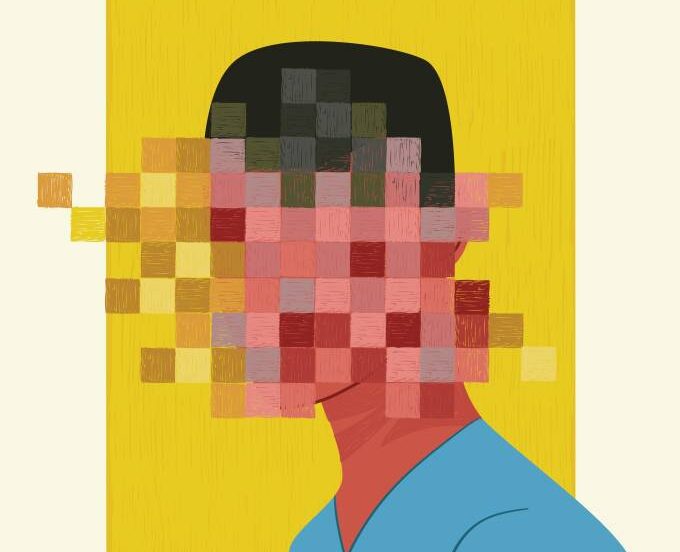
Call me a Luddite, or perhaps contrarian, but I would rather sit in a library and trawl through hundreds of books than use AI (artificial intelligence). In this day and age, realistically speaking, that means combing through hundreds of websites, sometimes going down many rabbit holes, sifting sense from sensationalism, checking facts against bias, verifying sources, and ignoring clickbait, all in the name of solid research.
Vive la resistance
One could say my disinterest in AI is a form of resistance against intellectual indolence, against the frankly terrifying reality of big tech colonialism, against the abdication of agency when it comes to knowledge.
Whereas many people think nothing of consulting ChatGPT or some other AI engine with questions both anodyne and profound, and getting the answers in seconds, I personally prefer to go old school digital—meaning, I type into a search engine whatever it is I’m interested in looking up, and then I run through the various search results, assessing the credibility of one source versus the other, before possibly veering off-tangent to look up something often outwardly unrelated yet nevertheless triggered by a word or phrase or factoid I’d just happened upon.
Of course, not everything I am seeking answers for is highly complicated or arcane; sometimes it’s as simple as finding the address of a restaurant. But I’d like to think it’s a form of discipline—having a healthy dose of skepticism and perspicacity when presented with a smorgasbord of options, especially when the commodity is information.
All this, I suppose, reflects my background in the Humanities, my very catholic upbringing—and I mean catholic not in the religious sense, but in terms of broadness and universality of scope—which involved being immersed in the different worlds afforded to me by literature, art, philosophy, and languages.
And these are worlds that I discovered first through reading and research, often serendipitously.
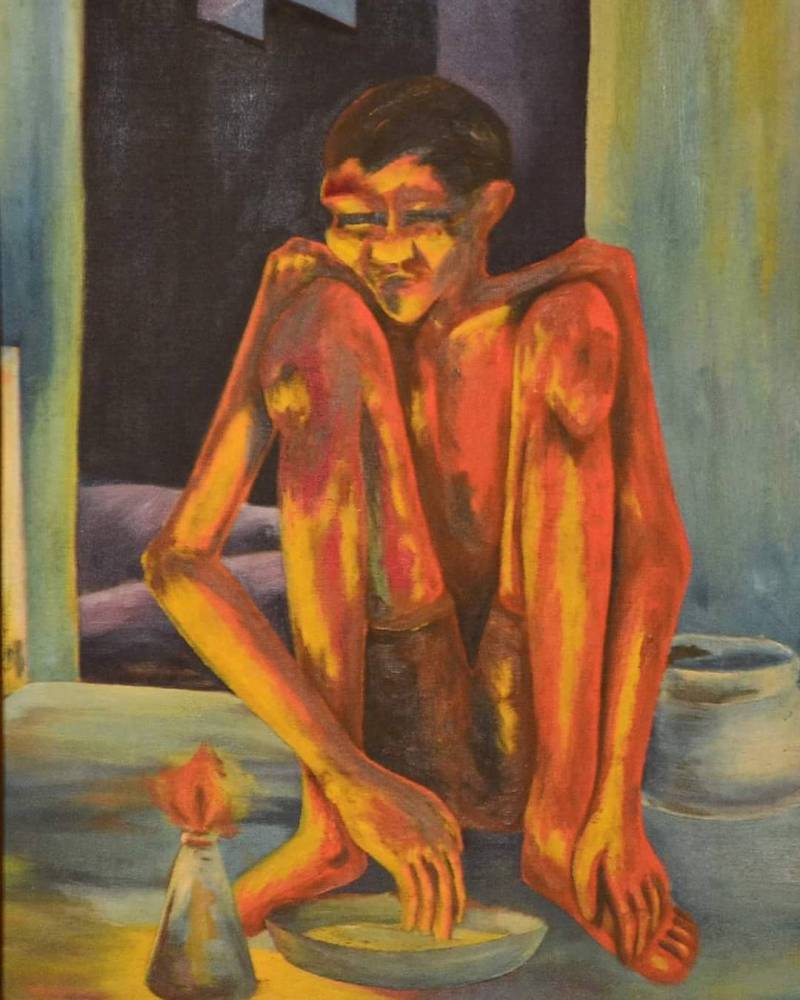
When humanity outsmarts technology
Recently, a friend of mine, the brilliant John Kenneth Paranada, the art and climate change curator at the Sainsbury Centre/University of East Anglia (my alma mater), mounted an exhibition by the Ethiopian artist Tesfaye Urgessa that explores war, displacement, and diaspora as part of the museum’s wider curatorial theme this season, “Can We Stop Killing Each Other?”
When Paranada first shared images of Urgessa’s work with me, I was struck by the artist’s muscular expressionistic cubism; to me, they were strongly reminiscent of Ang Kiukok’s paintings, albeit in a more somber palette. Both blend figuration and abstraction. It was remarkable how, in the hands of an artist as gifted as Urgessa, that particular form of cubism can still resonate with unexpected force, more than half a century after Ang Kiukok began painting in this manner.
Where the Filipino master depicted such raw, tortured anguish in searing tones, the young Ethiopian is perhaps a little more subtle. “I want my figures to embody both suffering and strength,” he tells Paranada in an interview. “They’ve endured something, but they’ve emerged from it. They’re not victims; they’re survivors, even champions.”
And while the curator in me immediately began dreaming of a possible future exhibition featuring Urgessa in dialogue with Ang Kiukok, I came across, completely by chance, a 1940 painting with hints of cubism by another Filipino Modernist master, H.R. Ocampo, that seemed to echo Urgessa’s in palette and feel, as well as in language.
And this was almost two decades before Ocampo turned to the fully abstract color-saturated biomorphic forms that have since become his signature.
These are, to my mind, examples of old school discoveries AI might not have immediately presented to me, had I asked. Perhaps because AI, as a language learning model, would have had to scrape through terabytes of information from an entire universe of sources to find the correlations that I very happily stumbled upon.
But if no one had thought to write a paper, about as obscure topic as, say, artistic linkages between The Thirteen Moderns and contemporary Ethiopian art, what sources would AI have had recourse to in milliseconds?
In short, I love it when the fecundity of human imagination outsmarts the superficiality of artificial intelligence.




